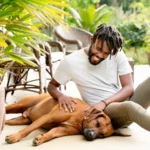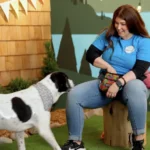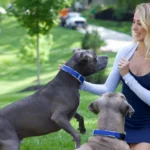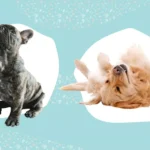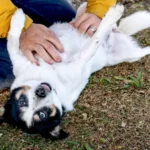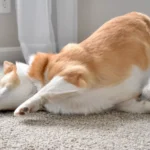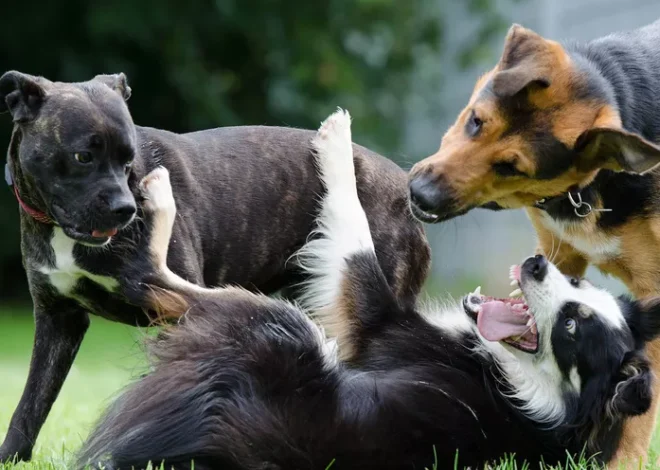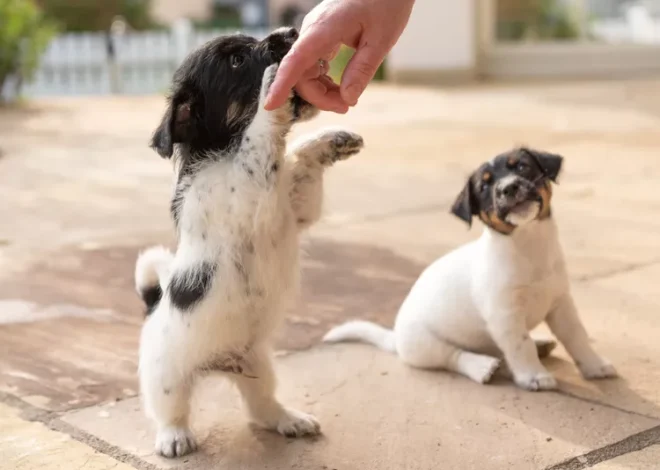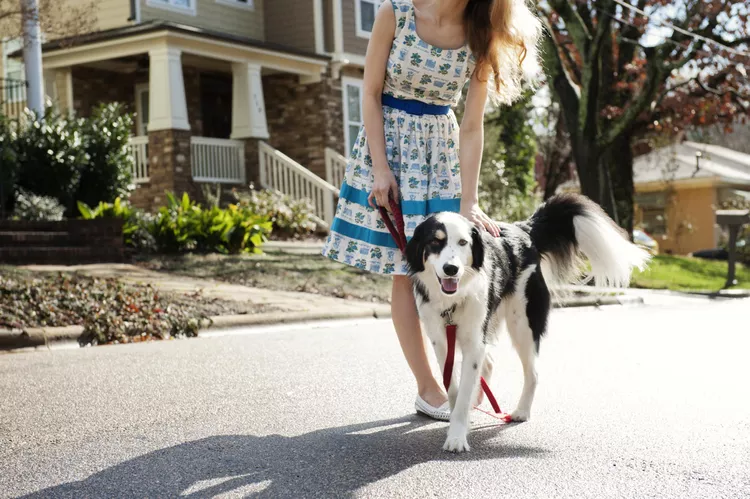
Loose Leash Walking: Transform Your Dog Walks from Chaos to Calm

Walking your dog should be a joy, not a struggle. Loose leash walking is the key to transforming those frustrating, pull-filled walks into pleasant, relaxing experiences for both you and your furry friend.
What is Loose Leash Walking?
Loose leash walking is a training technique that allows your dog to explore while maintaining a relaxed leash. Unlike strict heel training, it gives your dog some freedom while preventing constant pulling.
Why Loose Leash Walking Matters
Benefits include:
- Improved communication with your dog
- More enjoyable walks
- Enhanced safety
- Stronger bond between you and your pet
Essential Equipment for Success
Choosing the Right Gear
Professional dog trainers recommend:
- 6-foot leash
- Martingale collar or no-pull harness
- High-value treats
- Clicker (optional)
Step-by-Step Loose Leash Walking Training
1. Choose a Command
Select a clear, consistent verbal cue:
- “With me”
- “Let’s go”
- “Walk nice”
2. Master the Stop-and-Go Technique
Key principles:
- Stop immediately when leash becomes tight
- Only move forward when leash is slack
- Change direction if pulling persists
3. Make Walking Rewarding
- Use high-value treats
- Offer continuous praise
- Make staying close more exciting than distractions
Treat Strategy
- Treat frequently in the beginning
- Gradually reduce treat frequency
- Always maintain positive reinforcement
4. Manage Distractions
When your dog becomes distracted:
- Move away from the distraction
- Use “let’s go” command
- Walk in opposite direction
- Reward when attention returns
Advanced Training Tips
Proofing Your Training
- Take short, frequent walks
- Vary walking routes
- Practice in increasingly distracting environments
Common Challenges and Solutions
Persistent Pulling
- Be patient
- Stay consistent
- Consider professional training if needed
Read Also:
Additional Resources
- American Kennel Club (www.akc.org)
- Association of Professional Dog Trainers
Disclaimer: Always consult with a veterinarian or professional dog behaviorist for personalized advice tailored to your specific dog’s needs.

